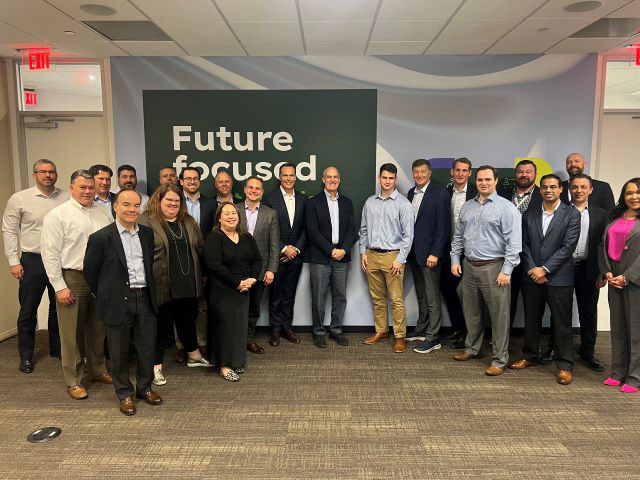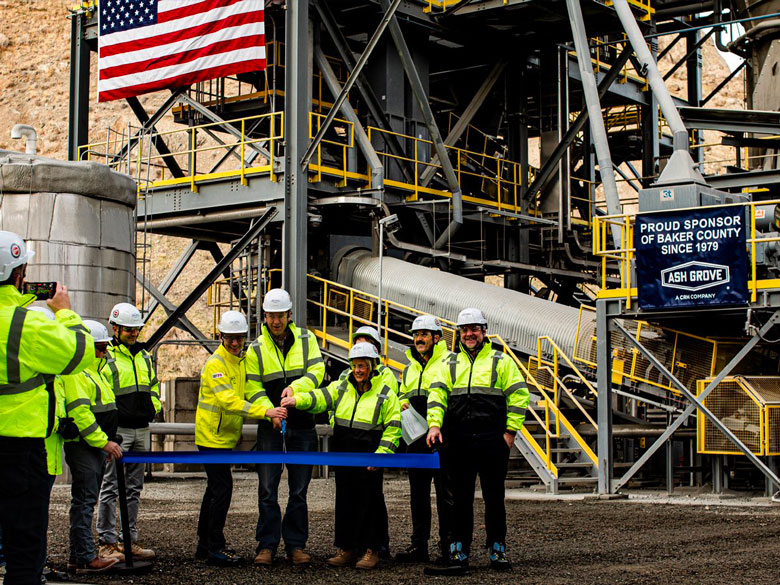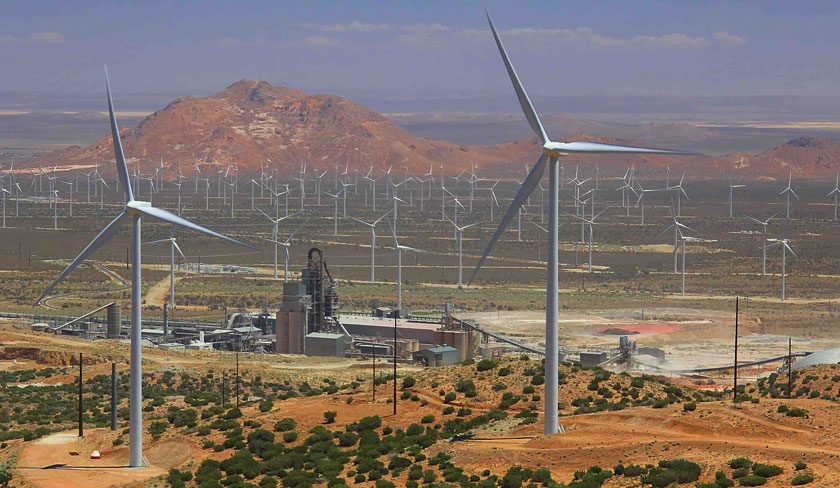Last month, U.S. Representative Rick Larsen (D-Wash.-02), ranking member on the House Transportation and Infrastructure Committee, visited the Heidelberg Materials North America headquarters as part of a trip to Texas.
Rep. Larsen is currently in his 12th term representing Washington’s 2nd Congressional District, which includes Heidelberg Materials operations in Bellingham and Ferndale.

The visit was a great opportunity for President and CEO Chris Ward to share Heidelberg Materials’ emphasis on leading industrial decarbonization and continued investment in innovation for the heavy building materials industry.
The meeting centered on discussions about the company’s focus on developing and fully scaling carbon capture and storage (CCS) in its cement manufacturing process. This was particularly significant as Larsen had visited Heidelberg Materials’ first industrial-scale application of CCS technology in Brevik, Norway, last year.
The conversation spanned various critical topics, including current work that the Transportation and Infrastructure Committee is focused on; implementation of the Bipartisan Infrastructure Law and flow of funds to infrastructure projects; the integration of digital technology and artificial intelligence in improving safety of the nation’s transportation corridors; and workforce attraction and development.
“You cannot have a big-league economy with little league infrastructure,” said Rep. Larsen. “In Irving, Heidelberg’s leaders told me about the company’s innovative process to reduce carbon pollution while manufacturing the materials needed to build critical infrastructure, create jobs and drive long-term economic growth.
“Thanks to historic investments like the Inflation Reduction Act and the Bipartisan Infrastructure Law, Heidelberg Materials may soon be able to accelerate deployment of decarbonization technology and leverage the benefits at its Northwest Washington facilities, including ones in Bellingham and Ferndale – investments that would mean more jobs and cleaner and greener infrastructure in the Puget Sound region,” Larsen concluded.



